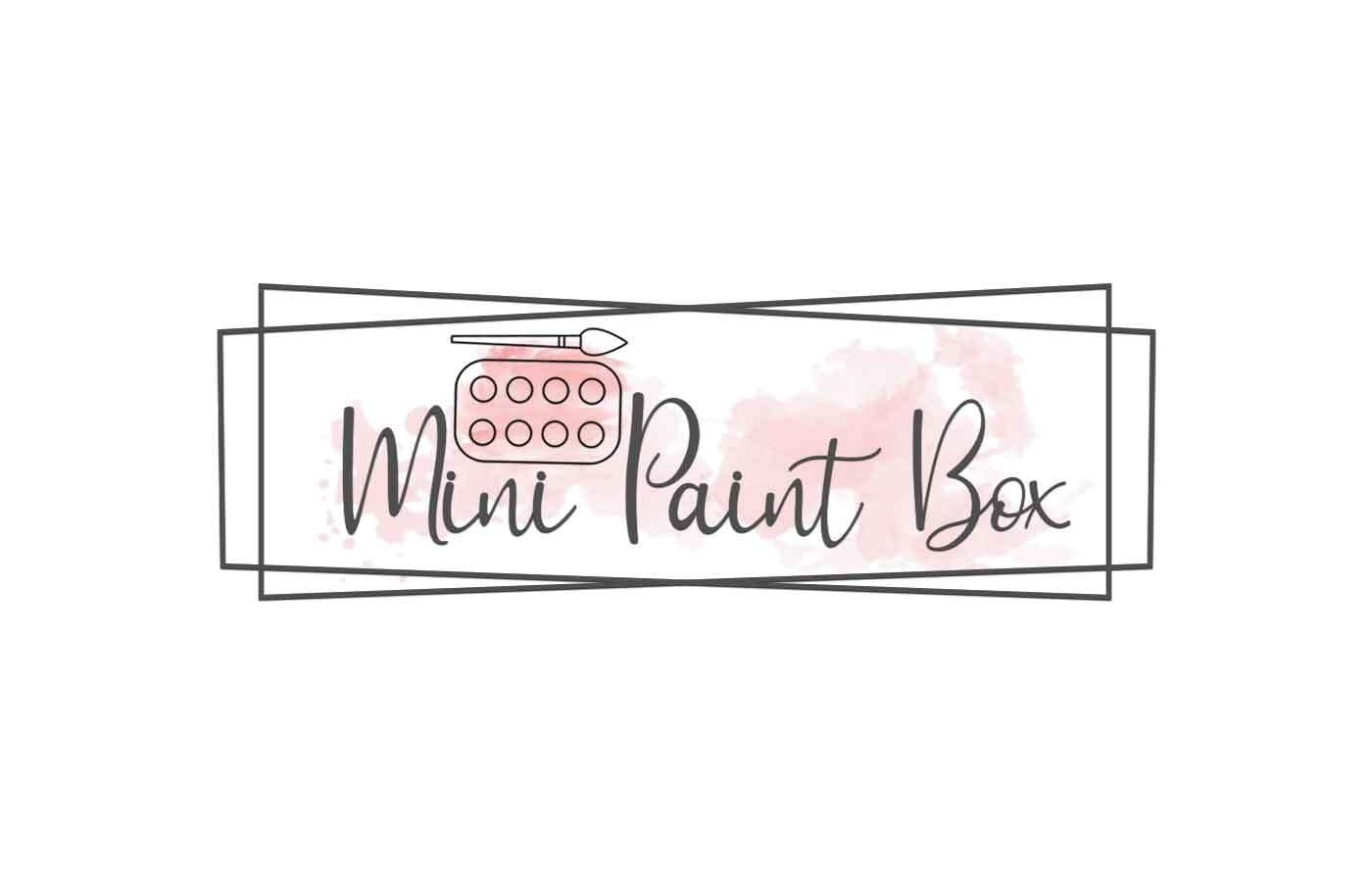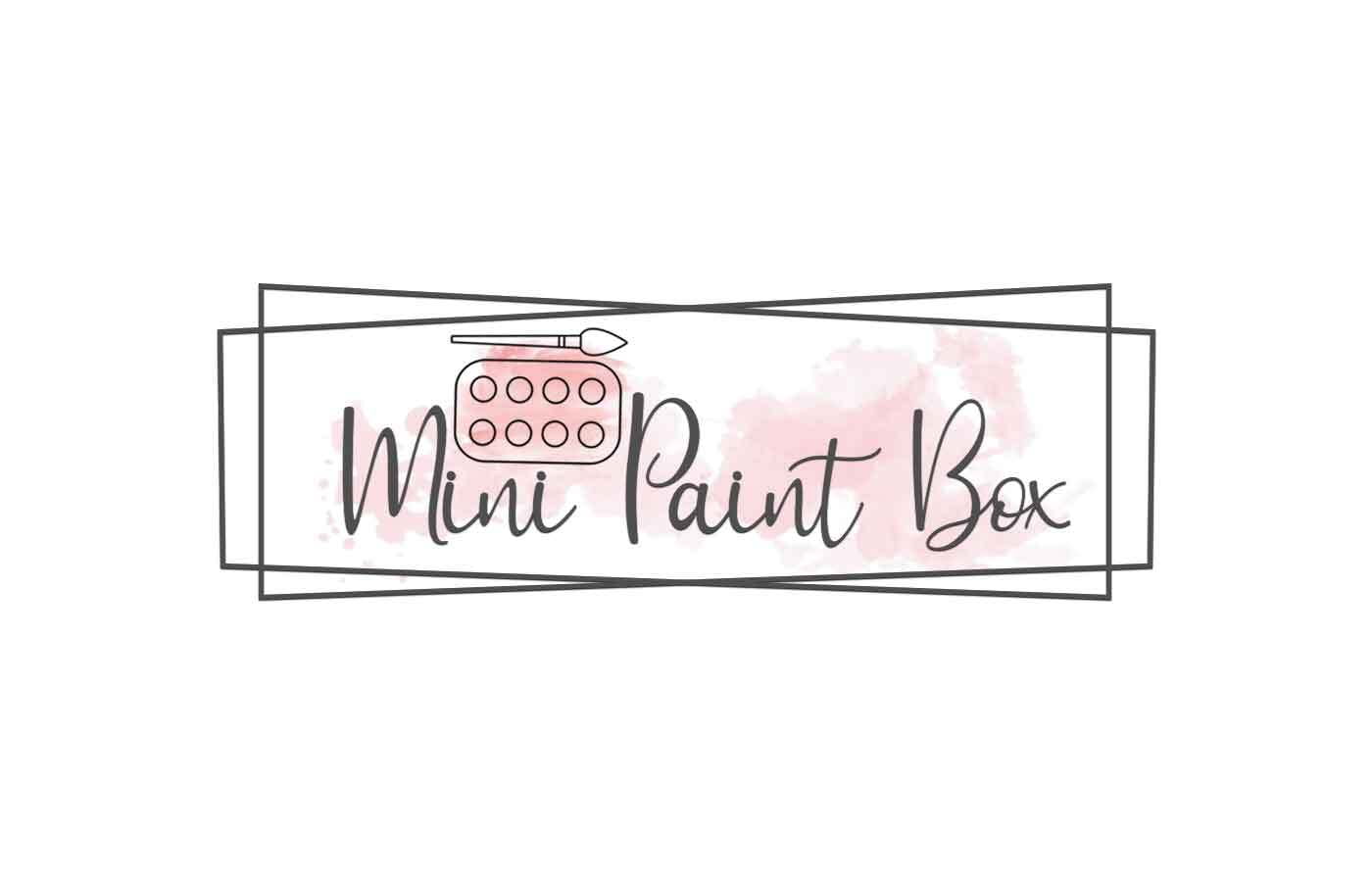Unlocking the healing power of creativity: How art can transform your mental health
Editor’s Note (2025 Update): This article has been refreshed with the latest trends and product recommendations from our Mini Photo Holders Collection. Explore our newest designs here.
Art is more than just a means of self-expression and creativity. Did you know that it can also have numerous therapeutic benefits for mental health? Art therapy is a type of psychotherapy that utilizes art as a means of communication and self-discovery. The process of creating art can be an effective tool for improving mental health and emotional well-being.
Art therapy has been utilized to treat a wide range of mental health conditions, including anxiety, depression, post-traumatic stress disorder (PTSD), and addiction. The creative process of making art can help individuals express emotions that are challenging to articulate through words. It can also provide a sense of control and empowerment, as individuals are able to create something meaningful and tangible.
Research has shown that art therapy can reduce symptoms of anxiety and depression, improve self-esteem and self-awareness, and help individuals develop coping skills and resilience. In addition, the process of creating art can be calming and meditative, which can help reduce stress and promote relaxation.
One of the primary advantages of art therapy is that it can be used as a non-verbal form of communication. For individuals who have difficulty expressing themselves through words, art can be a powerful means of communication. This can be especially beneficial for individuals who have experienced trauma, as it allows them to express their emotions in a safe and non-threatening way.
Art therapy can take various forms, from drawing and painting to sculpture and collage. It is a flexible and adaptable form of therapy that can be tailored to meet the unique needs and abilities of each individual. Additionally, it is a non-judgmental and supportive form of therapy, where the emphasis is on the process of creating art rather than the end result.
In conclusion, art therapy can be an incredibly powerful tool for improving mental health and emotional well-being. It provides a safe and supportive space for individuals to express themselves and explore their emotions. The therapeutic benefits of art and creative expression are significant, and it is a valuable form of therapy that should be more widely accessible to those who need it





